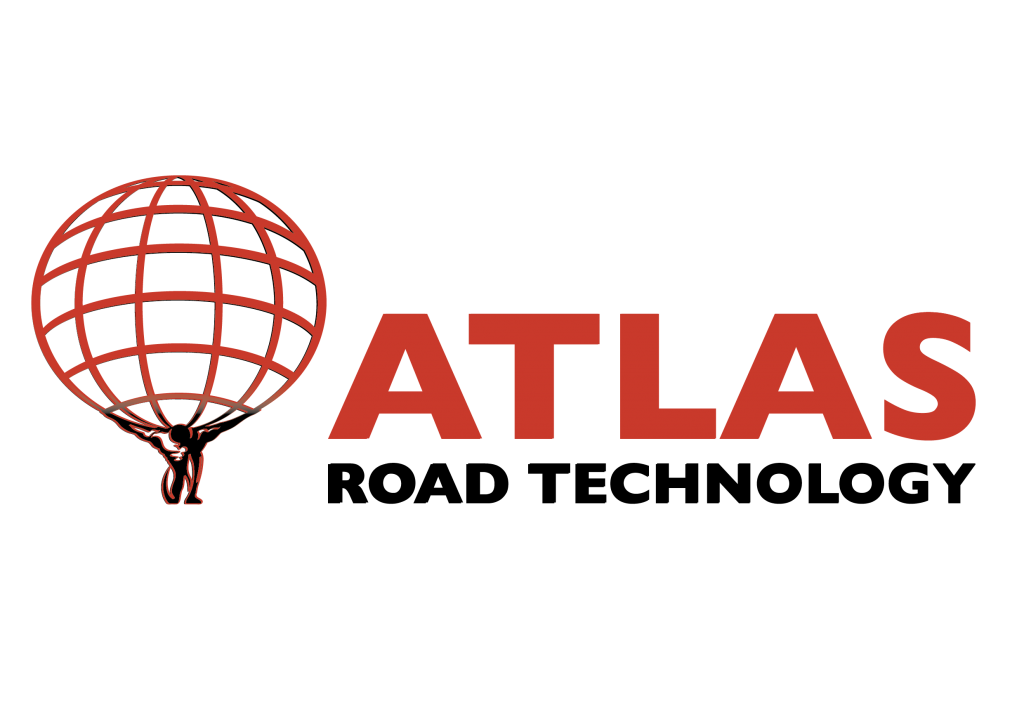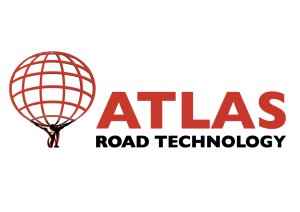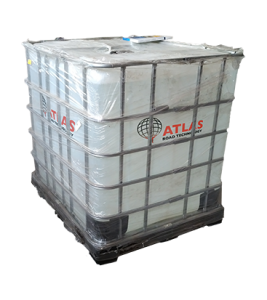ART: Dam Liner
Save water & prevent pollution
Product Description
ART: Dam Liner is a specifically formulated complex matrix of soluble and insoluble polymers electrochemically activated to target clay and shale stabilisation. Following the micro-currents caused by leaks, the product finds problem areas – plugging cracks and sealing fault lines. The hydrostatic pressure of the water in the dams, also assists in holding ART: Dam Liner in place – stopping leaks and preventing new ones.
If you know where your dam is leaking, targeted, higher concentrations can be applied to this area. However to ensure the best outcome is achieved, it is still recommended to apply to the entire dam’s surface.
Although targeted towards fixing existing dams, ART: Dam Liner can also be integrated into the design of new dams, where high quality construction materials are difficult or costly to source.
Under normal conditions ART: Dam Liner characteristics will remain stable in the soil profile for many years.
Effective and Efficient
ART: Dam Liner is designed to bind elements within the soil, swelling to seal the faults.
The key industries benefiting from this technology are:
- Rural Water Storage – irrigation and stock watering
- Resources – stop leakage in “turkey nest” dams
- Mining – Tailings dams
ART also supplies (on request) manual and automated spreaders to assist in both the application of the product and the accuracy of spread.
Applications
- Typically treatment rate is 100grams per square metre
- ART: Dam Liner blocks the pore spaces, integrating with the soil and creating a barrier.
- It can also be applied to seeping caused by porous features in the substrate or due to the use of poorer, locally available construction materials.
KEY BENEFITS
- Safe: No adverse effects on plants, fish, pets or livestock.
- Easy application broadcast on the water surface – use a grid pattern to ensure even distribution.
- Significantly reduce cracks and fault lines by binding to elements within the soil and swelling to reduce faults.
- Robust product characteristics allow it to remain stable for many years depending on working environment
- Cost benefits from improving the efficiency of processing and handling operations
- Environmental and Cost benefits saving water and containing potential contaminants.







